Photography, as both a medium and subject, has always refused to be confined to a single discipline. And yet, the teaching of it is commonly separated by a focus on either practice or theory. At a moment when visual media holds such power, it is crucial that practitioners gain a deeper understanding of both its theoretical and practical sides.
“We wanted to develop a space in which thinking and doing can enrich and inform each other in exciting and productive ways,” says Dr. Ben Burbridge, “students will have the freedom to study a lot of practice, or a lot of history and theory, or to place the two on an even footing.” Burbridge has played a central role in developing Photography: History, Theory, Practice, a new MA at University of Sussex which will allow students to combine the development of their photographic practice with an exploration of the history and theory of the medium.
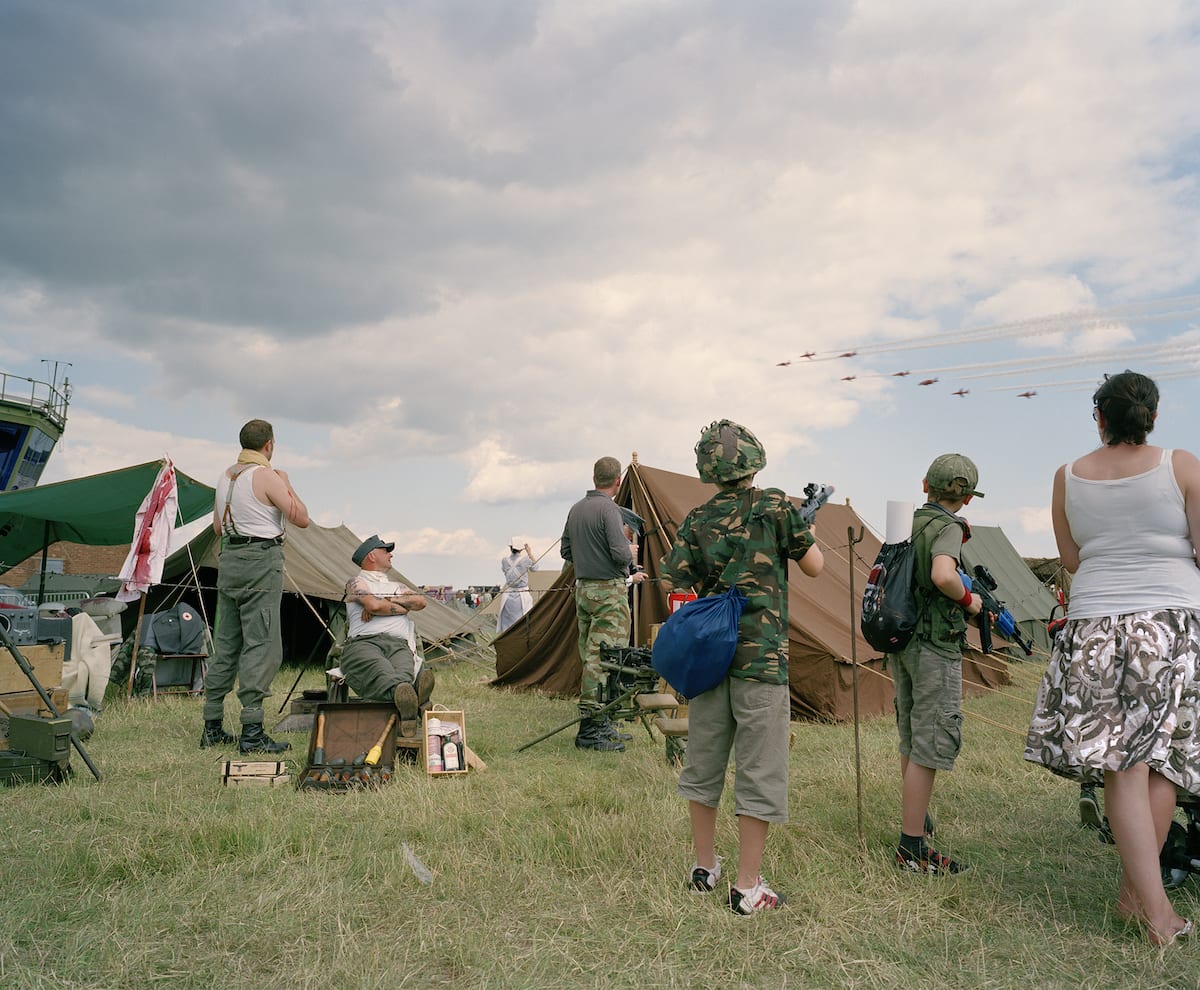
Understanding photography’s past is crucial for making sense of its present. “Photographs play a critical and active role in the many aspects of our lives: from who we choose to vote for to how we find a partner,” says Burbridge. “If we really want to understand how photographs can be used to reproduce and challenge systems of power then we need to think creatively and deeply about photographic culture, and that’s what this MA has been designed to do.” Making sense of the multitude of images that shape the world today is a challenging task, but one that Burbridge believes students on the MA will be well-placed to do.
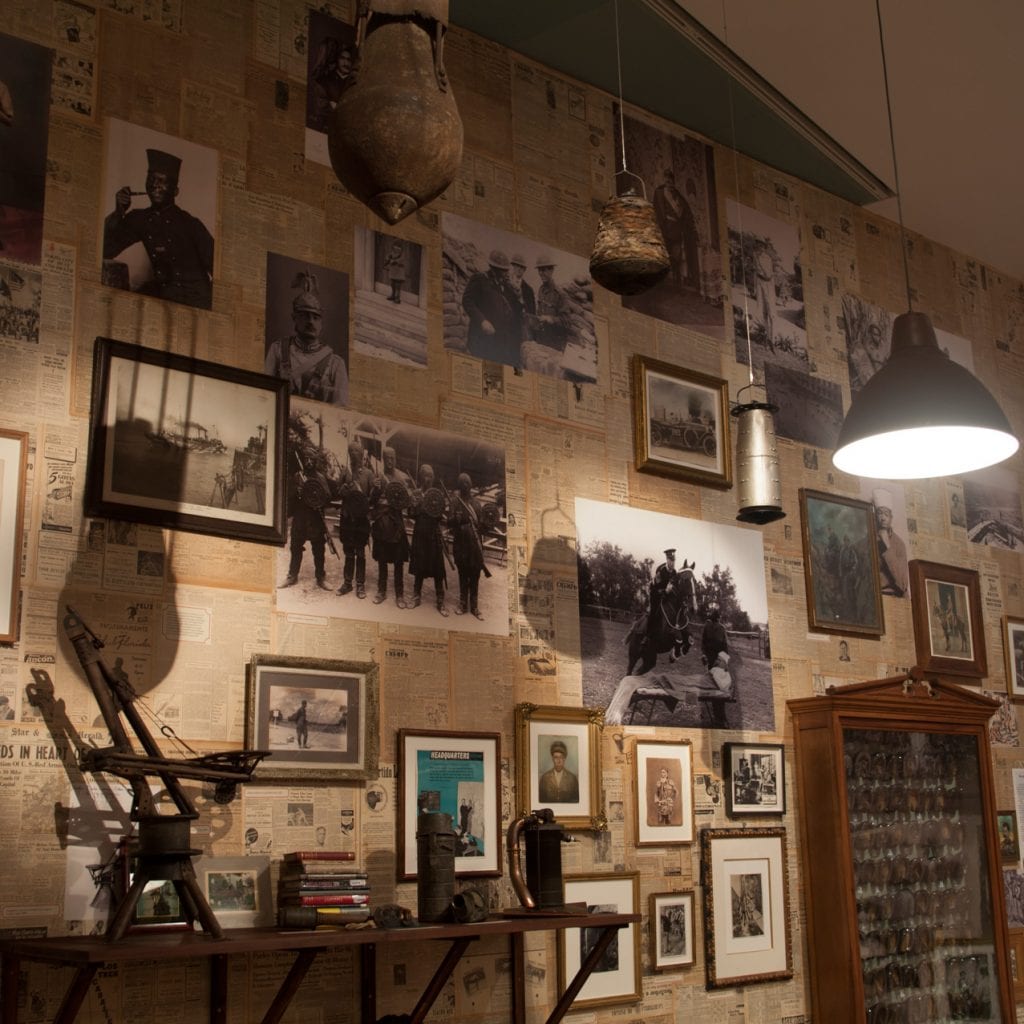
Peacetime, Tate Modern, 2014 (co-curated by David Alan Mellor)
“Studying photography’s history provides an extraordinary tool through which we can enrich our practice as photographers, artists, writers, scholars, but also to think differently about the world around us,” says Burbridge. From contemporary art to scientific imaging, traditional to conceptual documentary practice, early photographic experiments to activist practice, and the culture of camera clubs to family albums, Photography: History, Theory, Practice will explore the eclectic history of the medium.
An understanding of photography’s rich past will be facilitated by drawing on the resources of The Keep: a world-class archive and conservation center in Sussex. The Keep houses a rich variety of material – including 19th-century spirit photographs and the Mass Observation Archive – that reflects the diversity of photography’s histories and applications across science, fashion, journalism and social history. Making use of these resources, the MA will aim to navigate photography’s extensive history by tracing the permutations of ideas across time and space. “What did photographic objectivity look like in the 19th-century, and how do we think about it today? What can photography help us remember, but also forget? How have these functions changed over the past 150 years? These are just some of the questions we will consider,” says Burbridge.
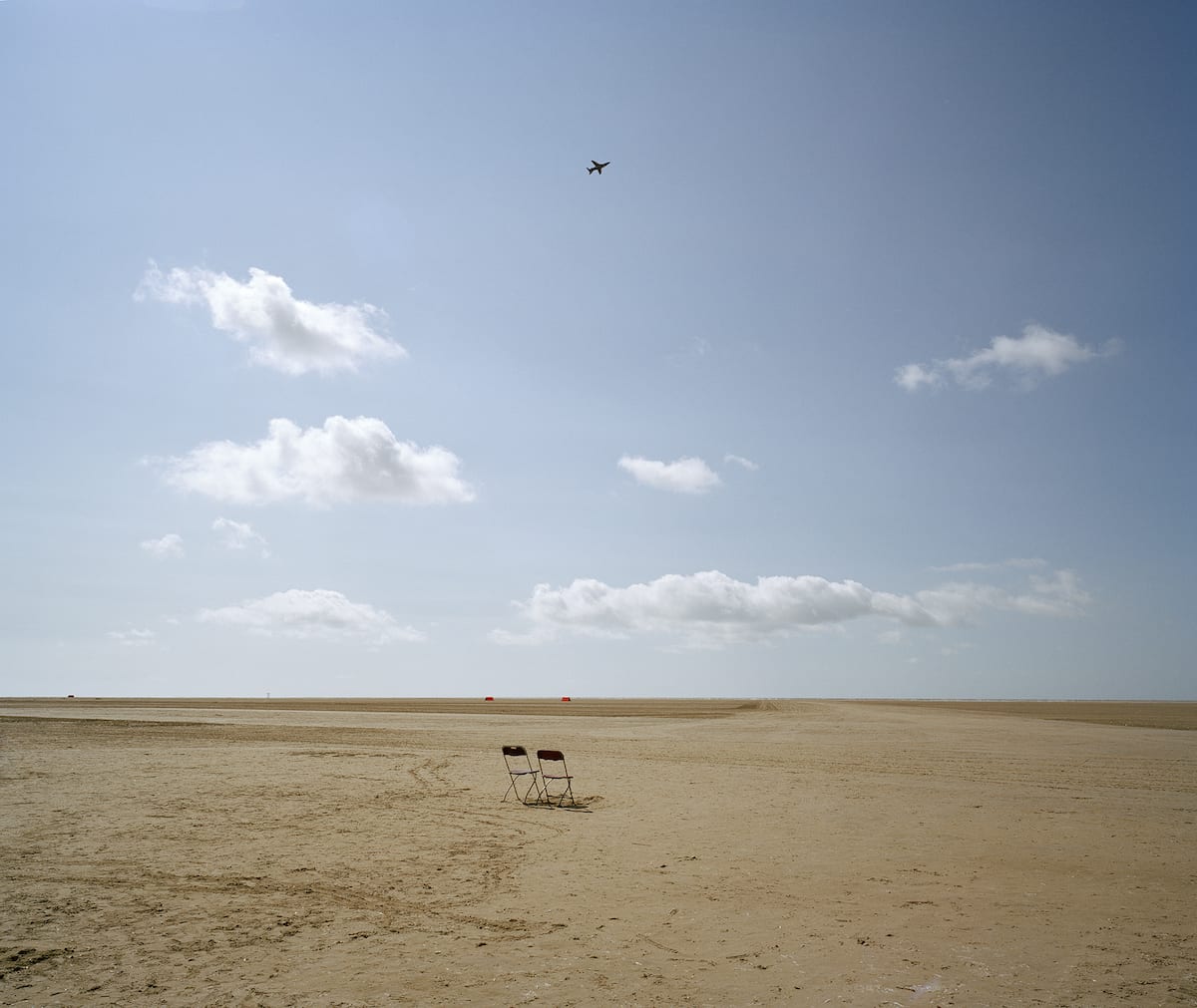
The department also holds partnerships with two of the most significant collections of photography in Britain: Getty Images Archive and the Archive of Modern Conflict. Students will be encouraged to interact with these resources through professional masterclasses and independent research. “Both of those collections embody the kind of photographic culture that sits at the heart of our MA: they have material by important artists and journalists, but this incredible diversity of other photographic materials as well,” says Burbridge.
While most photography MAs are based within a single department, Photography: History, Theory, Practice, will draw upon a range of disciplines. Different modules will be led by world-renowned photographic specialists from disciplines including art history, film and American studies, many of whom are also working with acclaimed institutions including Tate, V&A and The Photographers’ Gallery. Individual course options will hone in on particular areas of photographic history, theory and practice, with topics ranging from Photography, Race and The Archive to Photography and Contemporary Activism.’ “Sharing those perspectives, ideas and expertise is in everyone’s interest,” says Burbridge. “Like the open, fluid dialogue between theory and practice, it will help us break down barriers, build new forms of knowledge, and inspire new ways of making.”
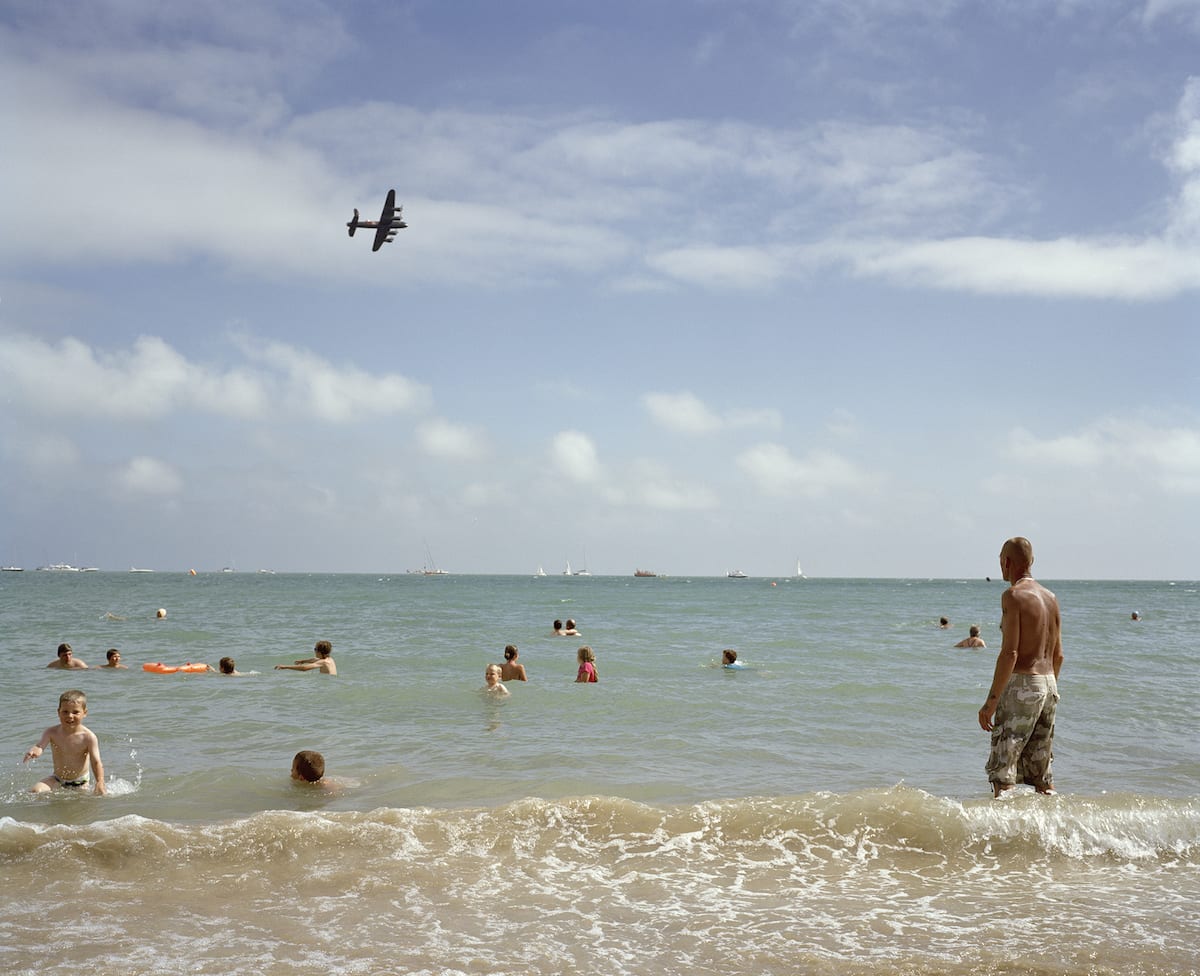
Burbridge is well-placed to lead a course that explores the medium from multiple perspectives. He has curated numerous exhibitions, most recently, Revelations: Experiments in Photography shown at The Science Museum and National Media Museum. He is also a writer and editor, who has authored myriad articles, essays and interviews on the medium and co-edited the magazine Photoworks Annual. Burbridge designed the MA programme in collaboration with a number of practitioners, in particular, the photographic artist Melanie Friend. Combining their expertise has resulted in a course that successfully blends research and practice. “The MA is all about exploring those kinds of links between different ways of engaging with, thinking about, and contributing to photographic culture,” he explains.
This amalgamation of theory and practice will extend to the programme’s individual teaching modules. “The core module in critical practice is very much informed by aspects of theory, while the core module in theory will engage with numerous areas of practice, asking, for example, can you theorise through making?” explains Burbridge. This notion of practice-as-research and research-as-practice is also central to the ethos of the Centre for Photography and Visual Culture in Sussex, which Burbridge co-directs. A pioneering research centre aimed at fostering interdisciplinary dialogues around visual culture, the institute will offer students access to the wider photographic community through a programme of events and collaborations with various respected/ museums and galleries. MA students will also gain privileged access to Brighton’s extraordinary cultural scene, which includes the Brighton Photo Biennial and Brighton Photo Fringe.
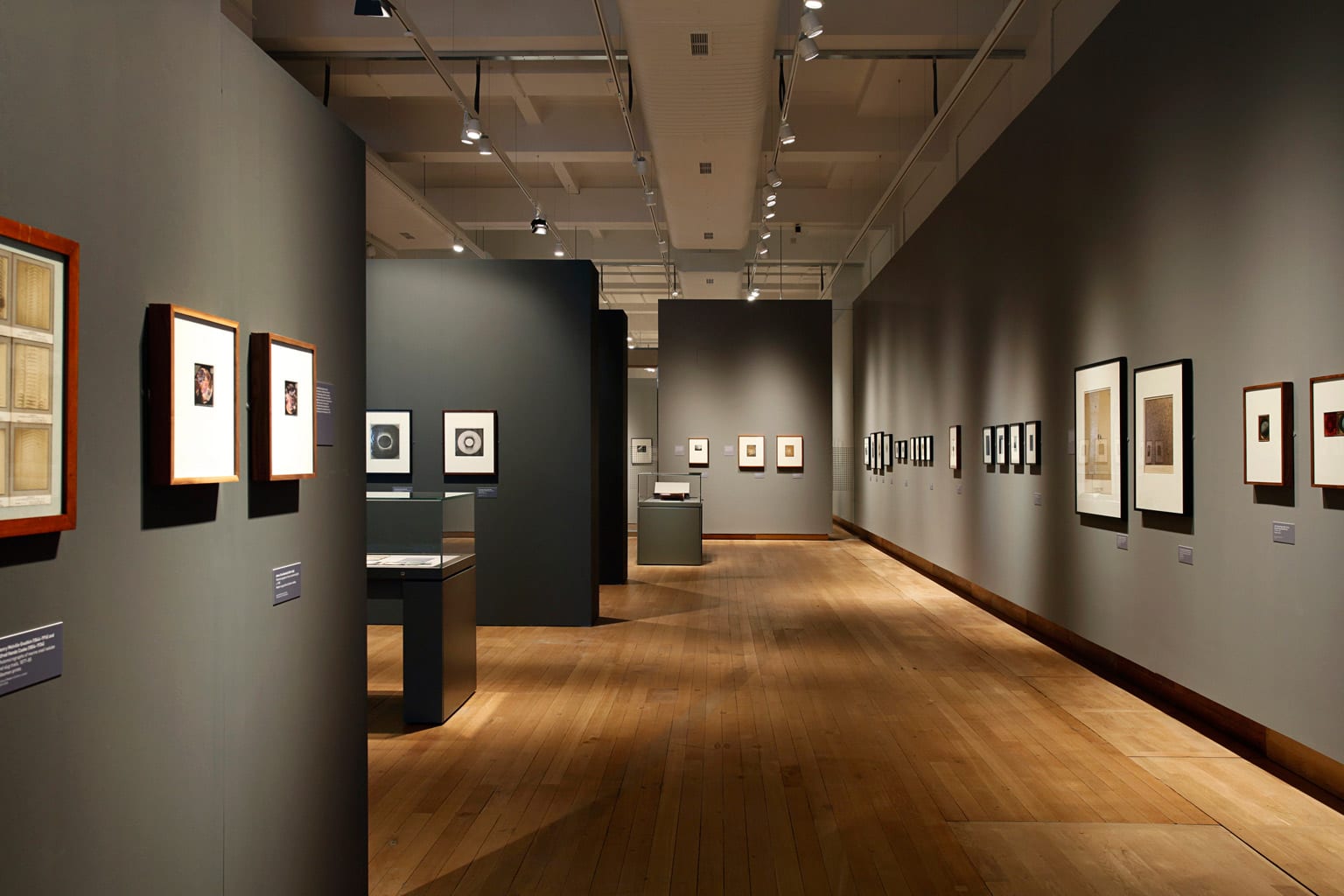
London, 2014 (co-curated by Ben Burbridge)
University of Sussex has a long line of previous graduates who have made waves in the photography world. Deutsche Borse Prize-winner Oliver Chanarin, of the acclaimed photography duo Broomberg and Chanarin; the multi-award winning artist Edmund Clarke; and Gilane Tawdros, founder of Iniva; internationally renowned writer and curator Charlotte Cotton all went to Sussex. “Their photographic interests grew out of, and in relationship to, their engagement with numerous different subjects: history, psychology, art history, cognitive science and more,” says Burbridge. It is that inter-disciplinary mentality that makes their professional photographic work so interesting.”
The MA is inviting applications from anyone engaging with photography in an open, collaborative and innovative manner. Ultimately, Burbridge believes that the programme will allow its students to “develop very distinctive photographic imaginations, which will set them apart from the crowd.”
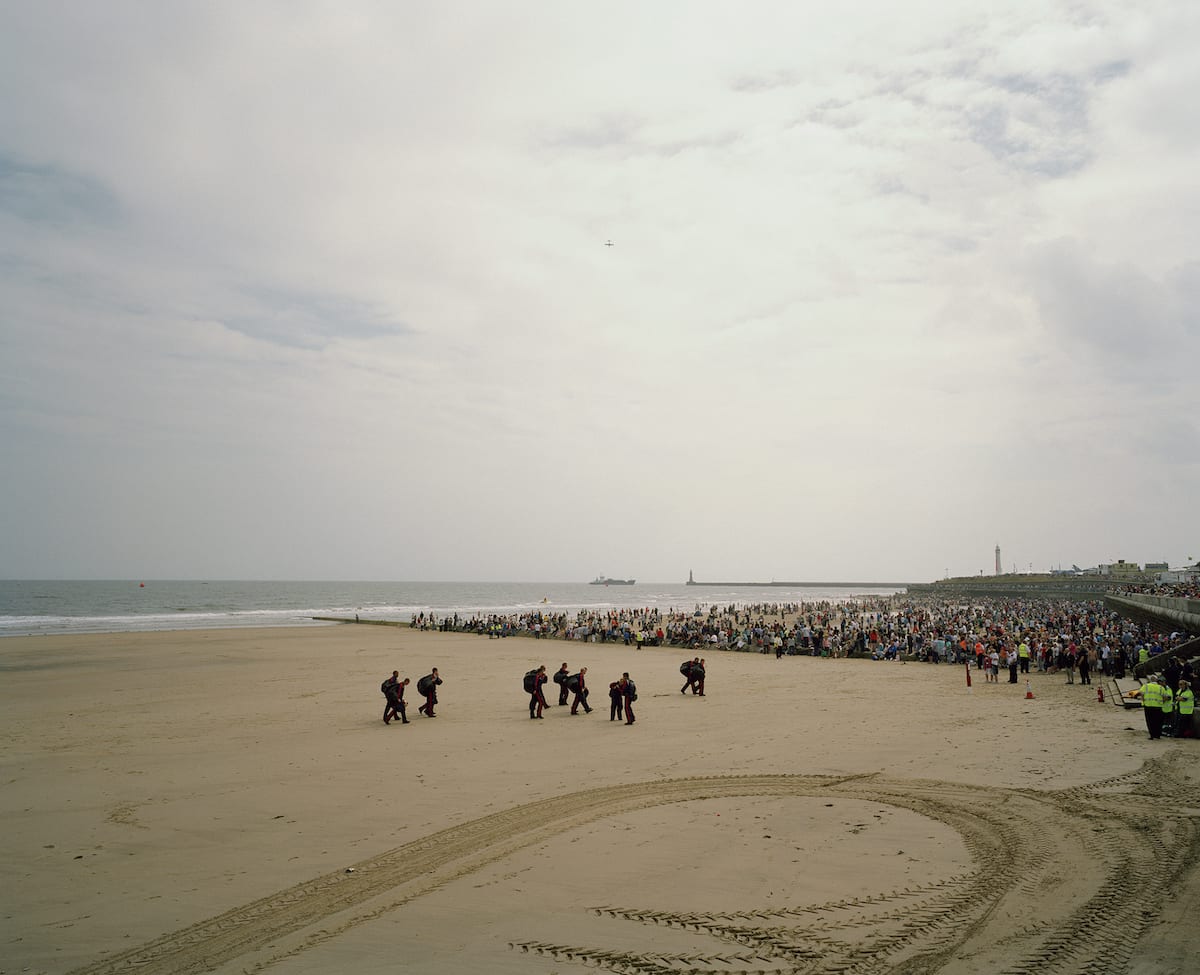
Photography: History, Theory, Practice is now open for applications. The deadline for enrolment is 1 August 2018 (International) and 1 September 2018 (UK/EU).
